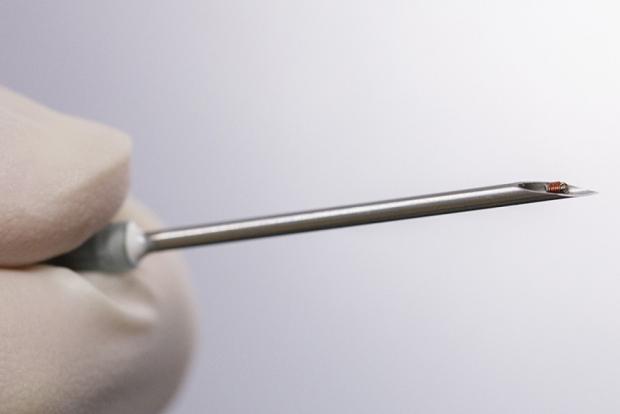
Breaking News
SEMI-NEWS/SEMI-SATIRE: December 7, 2025 Edition
 Harbor Freight Coverpro 12x20 made into a Metal Building part 2
Harbor Freight Coverpro 12x20 made into a Metal Building part 2
 Brian Cole BUSTED, Halle Berry NUKES Newsom + Candace REJECTS TPUSA Challenge...
Brian Cole BUSTED, Halle Berry NUKES Newsom + Candace REJECTS TPUSA Challenge...
 I spent my Thanksgiving in the emergency rom... Medical emergencies can pop up at any time.
I spent my Thanksgiving in the emergency rom... Medical emergencies can pop up at any time.
Top Tech News
 Build a Greenhouse HEATER that Lasts 10-15 DAYS!
Build a Greenhouse HEATER that Lasts 10-15 DAYS!
 Look at the genius idea he came up with using this tank that nobody wanted
Look at the genius idea he came up with using this tank that nobody wanted
 Latest Comet 3I Atlas Anomolies Like the Impossible 600,000 Mile Long Sunward Tail
Latest Comet 3I Atlas Anomolies Like the Impossible 600,000 Mile Long Sunward Tail
 Tesla Just Opened Its Biggest Supercharger Station Ever--And It's Powered By Solar And Batteries
Tesla Just Opened Its Biggest Supercharger Station Ever--And It's Powered By Solar And Batteries
 Your body already knows how to regrow limbs. We just haven't figured out how to turn it on yet.
Your body already knows how to regrow limbs. We just haven't figured out how to turn it on yet.
 We've wiretapped the gut-brain hotline to decode signals driving disease
We've wiretapped the gut-brain hotline to decode signals driving disease
 3D-printable concrete alternative hardens in three days, not four weeks
3D-printable concrete alternative hardens in three days, not four weeks
 Could satellite-beaming planes and airships make SpaceX's Starlink obsolete?
Could satellite-beaming planes and airships make SpaceX's Starlink obsolete?
Battery-free biosensor is the smallest one yet

Designed to continuously monitor various bodily processes, externally-powered biosensors are not only smaller than their battery-packing counterparts, but they also don't have to be surgically retrieved for battery-changes.
They typically contain an RFID (radio frequency identification) chip, which transmits data when it's temporarily powered up by the radio signal from an external reader device – that device is in turn held near the implant site on the patient's body. In order to produce a signal that's strong enough to be read, however, the biosensor needs to be relatively large.
Led by Asst. Prof. John Ho, a team at the National University of Singapore recently got around this limitation, by creating a reader that's three times more sensitive than existing devices. As a result, the associated biosensor can be correspondingly smaller.
The current prototype sensor is just 0.9 mm in width, and has been injected under the skin of lab rats utilizing a hypodermic needle. Once implanted, it's able to monitor breathing and heart rates, based on its detection of subtle telltale movements. Once developed further, it is hoped that the technology could do much more.

 First totally synthetic human brain model has been realized
First totally synthetic human brain model has been realized Mach-23 potato gun to shoot satellites into space
Mach-23 potato gun to shoot satellites into space

